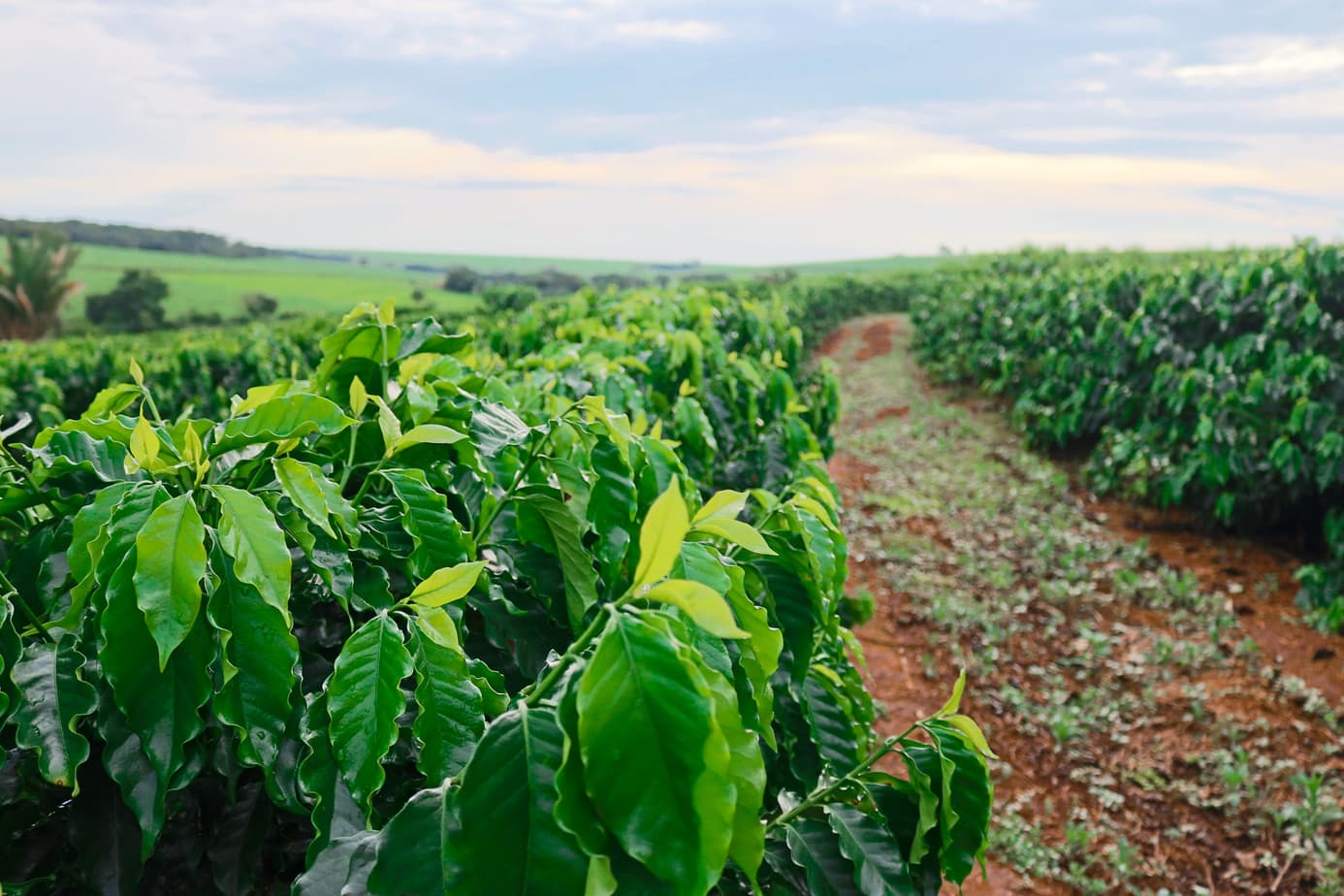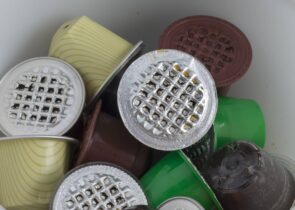Haiti has a complicated history with coffee and coffee production. It’s a country only slightly bigger than the state of Vermont, and not so long ago, in 1949, Haiti was the third-biggest coffee producer in the world.
Because of its bad luck in the form of droughts, earthquakes, and more, the coffee production there slowed down considerably.
Thankfully there is a light at the end of this percolator-shaped tunnel, with Haiti having started finding their feet again with their coffee alongside the help of new socially-conscious Western consumers and the implementation of fair trade policies.
Keep reading to find out how this beautiful little island in the Caribbean is finding its way again with its fantastic coffee beans.
A Short History of Haiti’s Coffee
The relationship between coffee and Haiti is long, and not a new one at that. Coffee was being produced in Haiti in 1715 when it was still called Saint Dominique. Afterward, the French Colony received new, hardier coffee plants as the years went by – probably from Martinique – which was then swiftly planted.
The story goes that one or even several of these original coffee plants were transported from the greenhouses of the Jardin royal des Plantes (the main botanical garden in France).
The naval officer Gabriel de Clieu who transported the plants didn’t have much water for himself during the voyage but still shared it with the coffee plant seedlings to keep them alive. Risking severe dehydration for coffee? Now, if that’s not dedication to the cause then we don’t know what is.
By 1778, Saint Dominique (which was soon to be Haiti) was supplying half of all the world’s coffee.
Unfortunately, Haitian coffee production relied heavily on slave-labor. This had a huge influence on the Revolution that began in 1791. By 1801, most of the coffee plantations had been burnt down which halted production.
In recent years, Haiti has been the victim of several environmental and climatic disasters that have hampered its coffee trade. Deforestation and soil erosion massively stunt the growth of the coffee crop and because of Haiti’s climate and location, it suffers from many droughts and floods too.

Coffee Production Under Construction
Although Haitian coffee made a somewhat successful comeback in 1850 and then again a century later in 1949 as one of the world’s leading coffee producers, throughout its history Haiti has consistently gone through many boom and bust cycles (which is when the Gross Domestic Product (GDP) of a country rises and falls).
Because of this, Haitian coffee now counts for less than one percent of the world’s coffee. Coffee farmers in other countries can grow more at a much higher rate. For example, the average annual Haitian coffee yield is 250 kilos per hectare, whereas in Rwanda it is sometimes double or triple of that amount.
When world coffee prices fell in the early 2000s, many Haitian farmers rebelled by cutting down their coffee trees. Lots of these farmers replaced the coffee with new crops like beans and corn in the hopes that they could earn more money.
But there is a chance for these farmers to start earning much more from their great Haitian coffee, and this plan relies on selling the crop to the much more lucrative markets of Europe and the United States.
Mountainous Conditions
Haiti has a selection of regions in which its coffee is grown and some of this area is comprised of the country’s highest mountains, a few of which are shared with the neighboring Dominican Republic.
A higher elevation plays its part in providing Haitian coffee with its great taste, due to the difference in temperature and the way the water is absorbed by the plant.
These amazing Haitian coffee mountain regions are:
- The Massif de la Selle
- The Massif du Nord
- The Massif de la Hotte
- The Montagnes du Trou d’Eau, Montagnes Noires and Chaîne des Matheux ranges
Spreading the Word
The amount of Haitian coffee exported annually just isn’t enough to make a significant impact on the world’s coffee stage. So the Haiti coffee trade is focussing more on providing coffee for the more niche coffee markets abroad.
Groups such as Singing Rooster are a great example of new companies based in Haiti that provide Haitian coffee to international markets. As well as Haiti coffee, they sell Haitian art and cocoa to fair trade retailers and nonprofit fundraising projects.
The money that Singing Rooster and others earn from their Haitian products goes right back to ensuring that the country’s coffee agriculture provides jobs for more and more Haitians. Not only that, but they’re also spreading the word that Haitian coffee is just so darned good.

How Good Is This Coffee?
Well, it turns out that Haitian coffee all stems from the original plant brought over by the European settlers over two-hundred years ago. Oh yes, that is some vintage coffee.
All Haitian coffee is Arabica, the high-quality bean used in gourmet coffees – approximately 90% of this coffee is of the typical variety. This coffee grows on very tall coffee trees but yields much fewer coffee beans than other varieties. If these coffee trees are well-maintained, rest assured that the coffee beans will be out o’ this world.
Interestingly, since Haitian coffee farmers have kept their growing methods mostly unchanged for almost three centuries, the taste of the Haitian beans has gone mostly unchanged since then. This has meant that Haiti coffee is incredibly unique and tastes much like how it did all those years ago.
So, drinking this coffee is a bit like time travel, right?
Very Mellow, My Fellow
The fantastic Haitian coffee beans are known for their mellow overtones. A cup of Haitian coffee is a smoothly- textured affair with a sweet and soft taste.
Haiti coffee is also often rich and medium-bodied while also being low in acidity. So as well as being a delicious coffee, its low acidity means that it is less likely to irritate your stomach.
Our Recommendations
As always, we try our best to find some fantastic coffees for you to try and this is no different. These choices are fighting the good fight: putting Haitian coffee back on the map.
Cafe Kreyol, Zombie Dessert Coffee
Cafe Kreyol is a fairly new company, having only started in 2012. They promote fair wages for Haitian farmers, as well as development and sustainability for the Haitian communities.
This coffee is a medium roasted coffee. Typical of Haitian coffee, it is deliciously nutty and smooth with a clean finish. Not to mention, each batch is freshly roasted to order.
If you want a great Haiti coffee, then don’t sleep on this fantastic Arabica Blue Mountain bean.
Singing Rooster, Haitian Coffee
This Singing Rooster coffee is one-hundred percent Arabica and one-hundred percent delectable. It is grown and hand-picked on small-scale farms then roasted in very small batches to conserve its clean, bright taste.
Maybe the best thing about this roasted coffee is that all of the proceeds support the farmers of Haiti.
Fans of Jamaican Blue Mountain or Hawaiian roasted coffee will find Singing Rooster’s selection to be perfect for a cup (or maybe two…).
Sounds Pretty Good, Right?
If all this information about the hidden gem that is Haitian coffee was new to you, then we at Roasty Coffee hope that we’ve given you somewhere good to start.
On the other hand, if you already know your stuff about it all or, dare we say, already have a bag of irresistible Haitian roasted coffee to hand then by golly you go make yourself a cup and enjoy it.
Oh, and don’t forget: happy caffeinating everyone!









